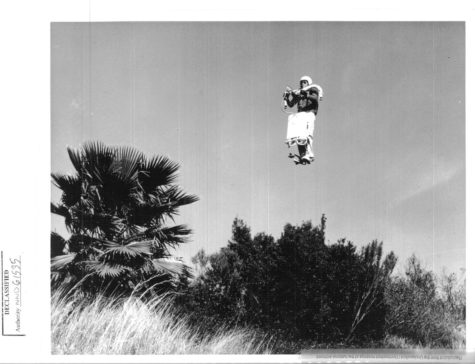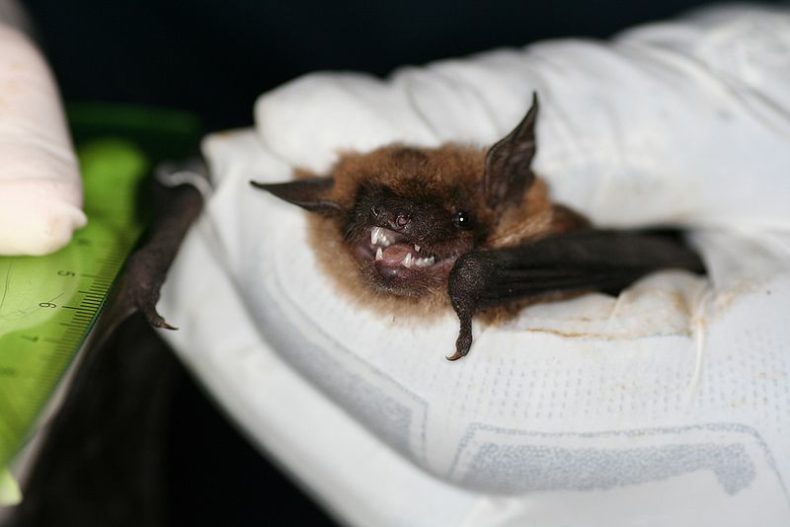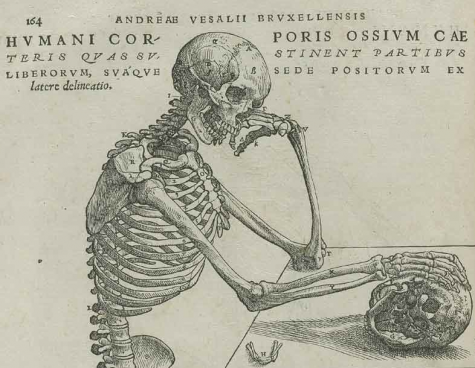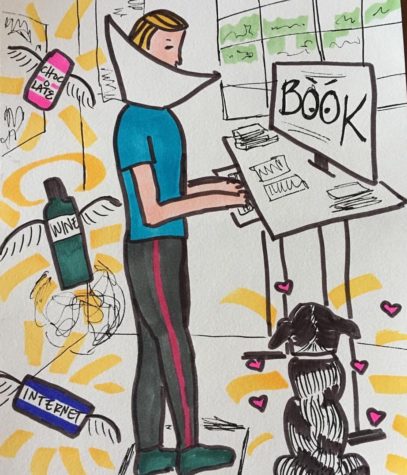My 2014 foray into drawing – which you can read about below – ended like the others. I got frustrated by my limited skills and gave up. Then in January 2016 I got sick of giving up on stuff I’m not very good at and started drawing every day. You can see the fruits of my labors on Instagram, and read what I wrote after a year of dailyish drawing here. Read on to find out some of the things I liked about drawing in May of 2014.
 Last year I started drawing again after about a 16-year break. I say “again” like I ever really drew in the first place—really, I took a few classes, produced a few things that bore some resemblance to the thing they’d been based on, and quit.
Last year I started drawing again after about a 16-year break. I say “again” like I ever really drew in the first place—really, I took a few classes, produced a few things that bore some resemblance to the thing they’d been based on, and quit.
Then, one day toward the tail of last winter, I was walking down a street in northern Sweden. I was spending three months in a tiny town and going slowly crazy.
I spotted a store that sold art supplies. It occurred to me that maybe drawing was what my brain needed to keep it from constantly refreshing the social networking sites. And I’d been so careful with money for so long that having a legitimate reason to shop for something that wasn’t food seemed exciting. I picked out a set of pencils (with sharpener and eraser) and a sketchpad. Continue reading






